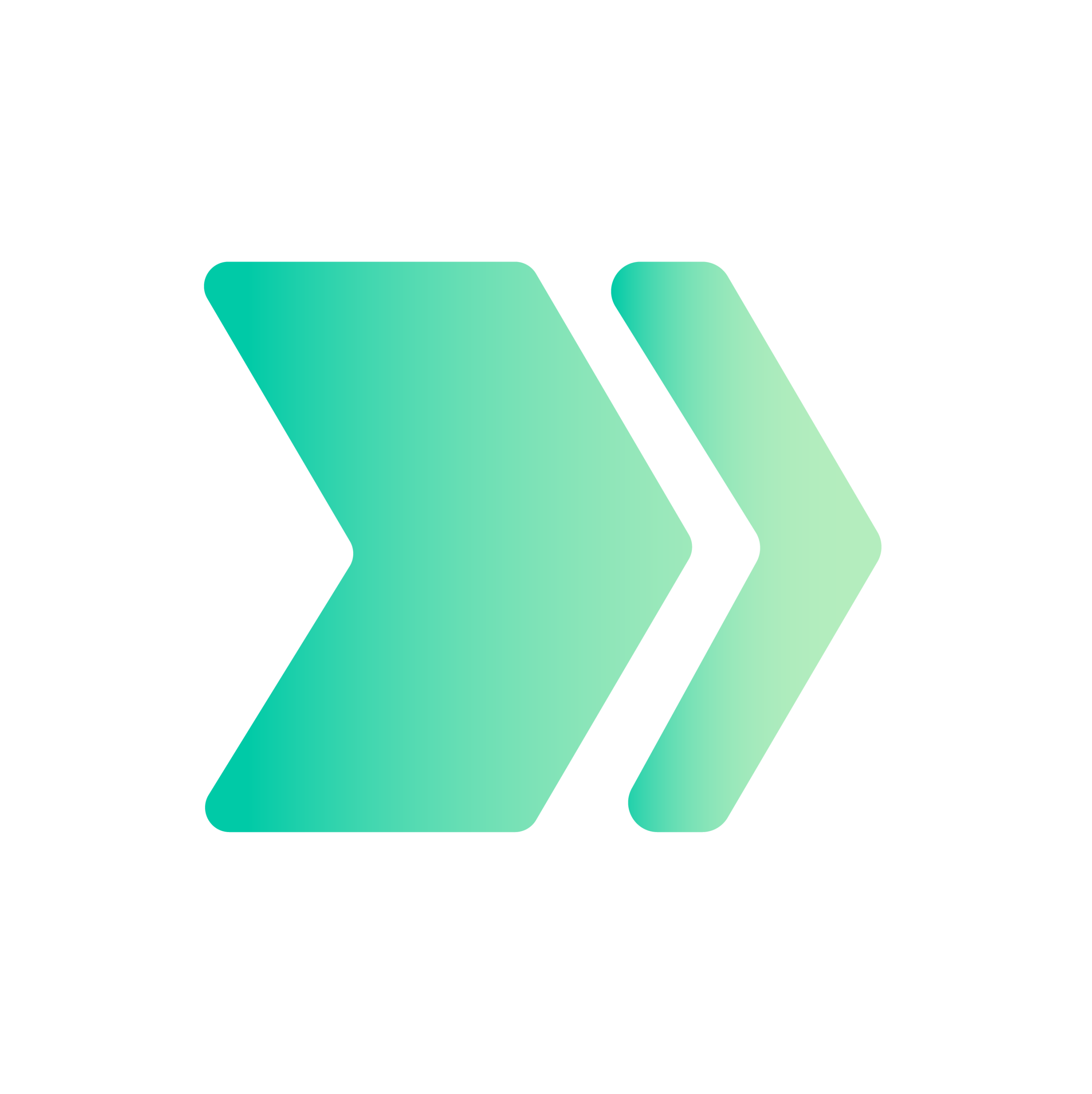With features like these, recurring billing systems can help businesses save a lot of time and money:
Billing: Invoices for recurring payments can show all types of charges, including pending or open payments, interest, or taxes. In doing so, recurring billing platforms generate a clear history along the complete customer journey. In addition, the billing function can automate the creation, scheduling and sending of invoices. Customers also have the option to conduct upgrades, downgrades, or data changes, among other things, via a self-service portal.
Dunning: The dunning function is an essential component of recurring billing software. It helps the vendor to deal with failed payments (e.g. bounced checks or declined credit cards). Tedious and time-consuming tasks such as repeated debiting of the payment and communication with the customer are automated. In this regard, state-of-the-art billing systems can send automated form-based emails to inform customers about non-payments, price adjustments and next steps.
Product Catalogue: Software that processes recurring invoices has one primary goal – to simplify processes and free up capacity. Each product has its price plan, additional services, fees, or currencies, which makes things even more complex. A product catalogue helps to centrally manage all product lines and plans and to accelerate the time-to-market for products or services.
Analytics & Reporting: Every company monitors key metrics such as (monthly) revenue, churn rate, and customer acquisition costs. Subscription data allows for meaningful analytics that can be used to align a business. Ergonomic, customizable dashboards provide all the necessary information clearly and in detail. In this way, revenues can be analyzed from various perspectives such as product, sales, marketing, finance, and customer loyalty – appropriate recommendations for action can be derived.


